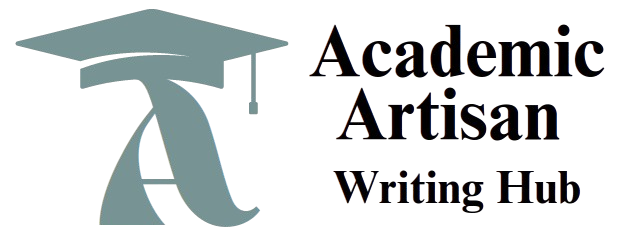WhatsApp Number: +1(249) 265-0080
Adolescent Development Stages
Adolescence (13 – 18 years) – Physical
- Describe physical development during these years.
- Was this typical or atypical development?
- Textbook information about this stage
Adolescence (13 – 18 years)- Cognitive
- Theory/Theorist: Define theory and Stage if a stage theory.
- Textbook information about this stage
- Event/behavior that illustrates the theory:
- How Event Connects to the theory (Connect to source and cite):
Adolescence (13 – 18 years)– Social-Emotional
- Theory/Theorist: Define theory and Stage if a stage theory
- Textbook information about this stage
- Event/behavior that illustrates the theory:
- How Event Connects to the theory (Connect to source and cite):
Check our essay writing services here
Adolescent Development Stages
Adolescence (13–18 years) – Physical Development
Description:
During adolescence, individuals undergo puberty, a period of rapid physical changes driven by hormonal shifts. These include growth spurts, development of secondary sex characteristics (e.g., breast development in girls, voice deepening in boys), increased muscle mass, and the onset of menstruation for females. Brain development, particularly in the prefrontal cortex, also progresses but does not fully mature until the mid-20s.
Typical or Atypical Development:
If the adolescent experienced growth and sexual maturation within the expected age range, it would be considered typical development. Early or late onset of puberty, or developmental disorders, might suggest atypical patterns.
Textbook Information:
Adolescents typically grow 3–4 inches per year during peak growth periods, with girls generally beginning puberty earlier than boys. Hormonal changes include increases in estrogen and testosterone, leading to reproductive maturity (Berk, L.E., & Meyers, A.B., Infants, Children, and Adolescents, 8th ed., 2018).
Adolescence (13–18 years) – Cognitive Development
Theory/Theorist:
Jean Piaget’s Cognitive Development Theory – Formal Operational Stage
At this stage (beginning around age 12), adolescents develop the ability to think abstractly, use deductive reasoning, and engage in hypothetical thinking.
Textbook Information:
According to Piaget, adolescents can systematically solve problems, reason about abstract concepts like justice, and develop metacognition (thinking about thinking) (Berk & Meyers, 2018).
Event/Behavior That Illustrates the Theory:
An adolescent begins to argue their point about climate change by using scientific evidence and imagining long-term outcomes.
How the Event Connects to the Theory:
This behavior illustrates hypothetico-deductive reasoning, a hallmark of the formal operational stage. The adolescent’s ability to apply logic to abstract issues aligns with Piaget’s view that teens move beyond concrete experience to conceptual understanding (Berk & Meyers, 2018).
Adolescence (13–18 years) – Social-Emotional Development
Theory/Theorist:
Erik Erikson’s Psychosocial Theory – Identity vs. Role Confusion Stage
In this stage, adolescents explore personal identity, values, beliefs, and career directions. Success leads to a strong sense of self; failure results in confusion about future roles.
Textbook Information:
This stage is marked by a “psychological moratorium,” where adolescents experiment with different roles and ideologies before committing to an identity (Berk & Meyers, 2018).
Event/Behavior That Illustrates the Theory:
A high school junior experiments with different extracurricular activities and career ideas, unsure whether they want to pursue art or science.
How the Event Connects to the Theory:
This exploration reflects the identity crisis Erikson described. Trying different roles is a normative part of identity formation. If supported, the teen may resolve the crisis with a coherent self-concept (Berk & Meyers, 2018).


